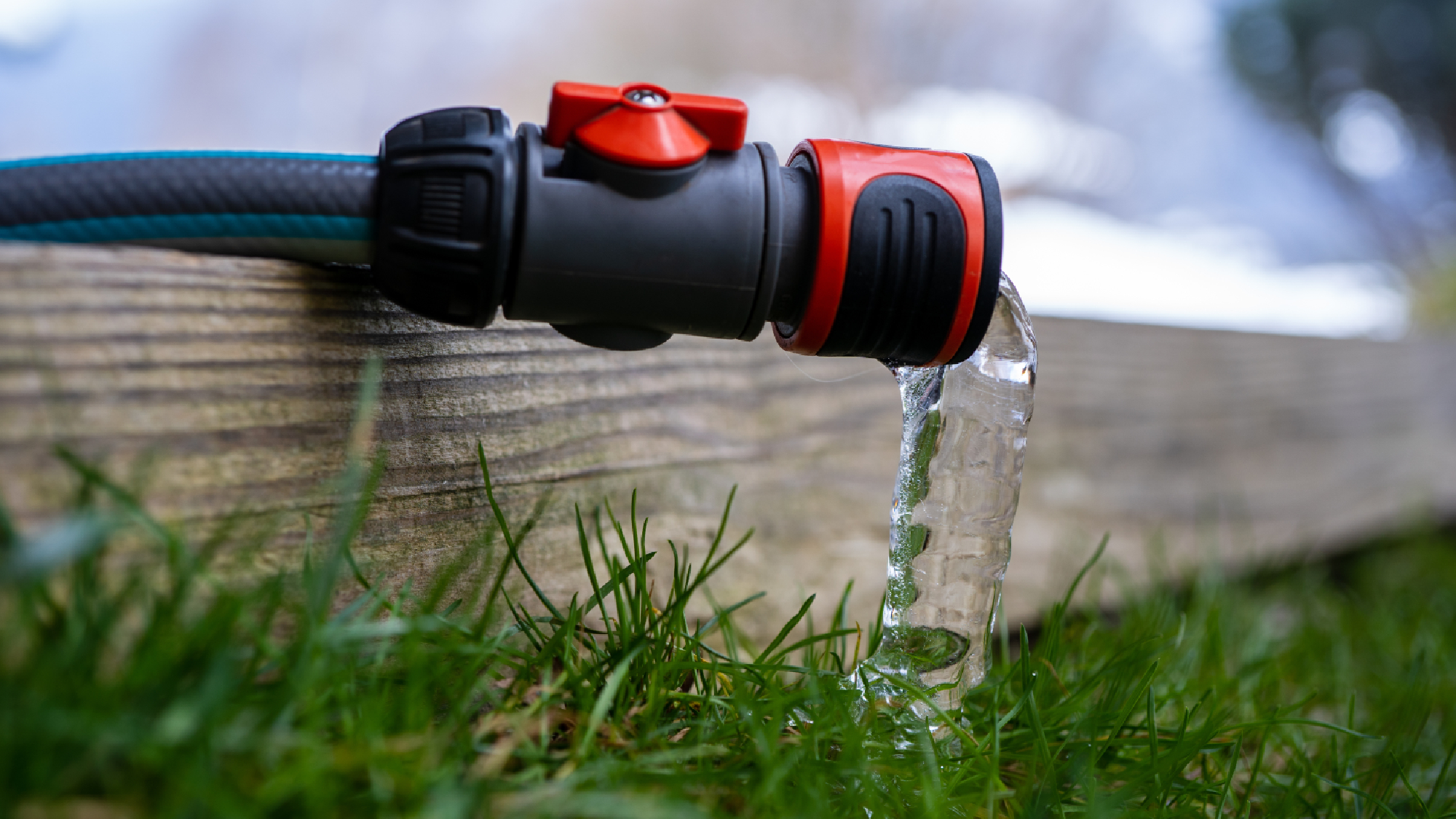Samsung Galaxy S21 vs. iPhone 12: Which phone wins?
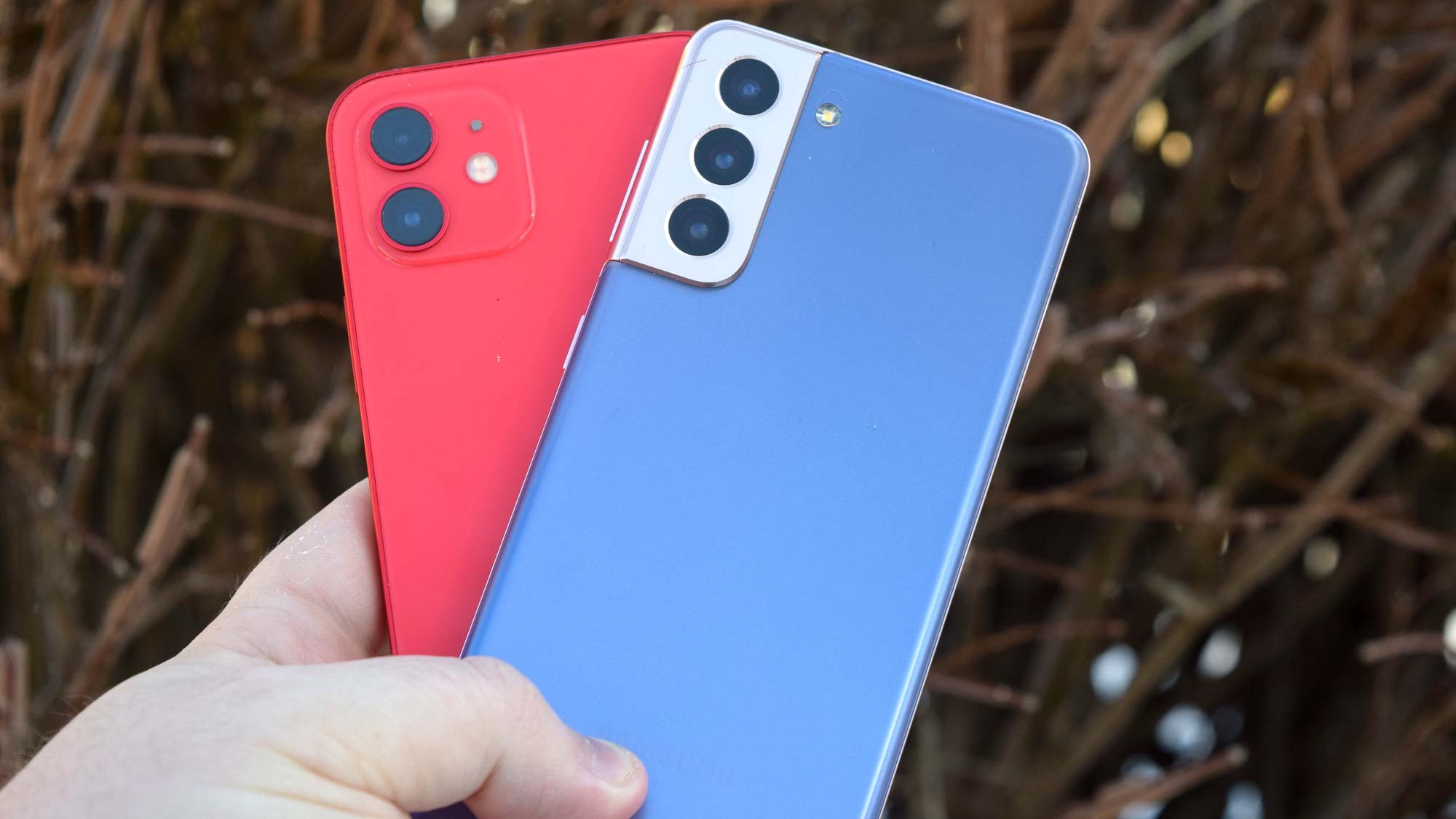
In this Samsung Galaxy S21 vs. iPhone 12 face-off, we pit these two phones against each other to see which is the best. Despite the fact that the iPhone 13 is available to purchase, you might consider the iPhone 12 if you find a good deal on one. The iPhone 12 has already proven to be a strong contender, with its OLED display, powerful A14 Bionic processor, and camera upgrades.
But Samsung hasn't taking this one lying down with the release of its new Galaxy S21 flagships. The Galaxy S21 is one of the best Android phones available right now, with the latest Snapdragon 888 CPU from Qualcomm, a gorgeous display with a high refresh rate, and some of Samsung's best camera offerings.
- The best phones right now: Where each phone ranks
- Galaxy S21 Ultra review: Samsung got it right
- Plus: Samsung calls iPhone 12 a 'downgrade' — you be the judge
This is a fierce battle with both phones putting up strong performances. The ultimate winner truly comes down to which works best for you, Android or iOS. Either way you go, you're getting extremely capable phones here.
Where one phone does well, the other isn't far behind. Both are incredible devices — here's how this Samsung Galaxy S21 vs. iPhone 12 face-off shakes out. (To see how the two phone makers' larger phones compare, we also have a Samsung Galaxy S21 Ultra vs. iPhone 12 Pro Max comparison.)
Samsung Galaxy S21 vs. iPhone 12: Specs
| Row 0 - Cell 0 | Samsung Galaxy S21 | iPhone 12 |
| Starting price | $799 | $799 on contract, $829 unlocked |
| Screen size | 6.2-inch AMOLED (2400x1080) | 6.1-inch OLED (2532x1170) |
| Refresh rate | 48Hz - 120Hz | 60Hz |
| CPU | Snapdragon 888 | A14 Bionic |
| RAM | 8GB | 4GB |
| Storage | 128GB, 256GB | 64GB, 128GB, 256GB |
| microSD | No | No |
| Rear cameras | 12MP (f/1.8) wide; 12MP (f/2.2) ultrawide; 64MP (f/2.0) telephoto 3x optical | 12MP (f/1.6) wide; 12MP (f/2.4) ultrawide |
| Front camera | 10MP (f/2.2) | 12MP (f/2.2) |
| Water resistance | IP68 up to 1.5 m | IP68 up to 6 m |
| Battery size | 4,000 mAh | 2,815 mAh |
| Battery life | 09:53 (60Hz) / 06:31 (adaptive) | 08:25 |
| Size | 5.97 x 2.8 x 0.31 inches | 5.78 x 2.81 x 0.29 inches |
| Weight | 5.96 ounces | 5.78 ounces |
Samsung Galaxy S21 vs. iPhone 12: Price
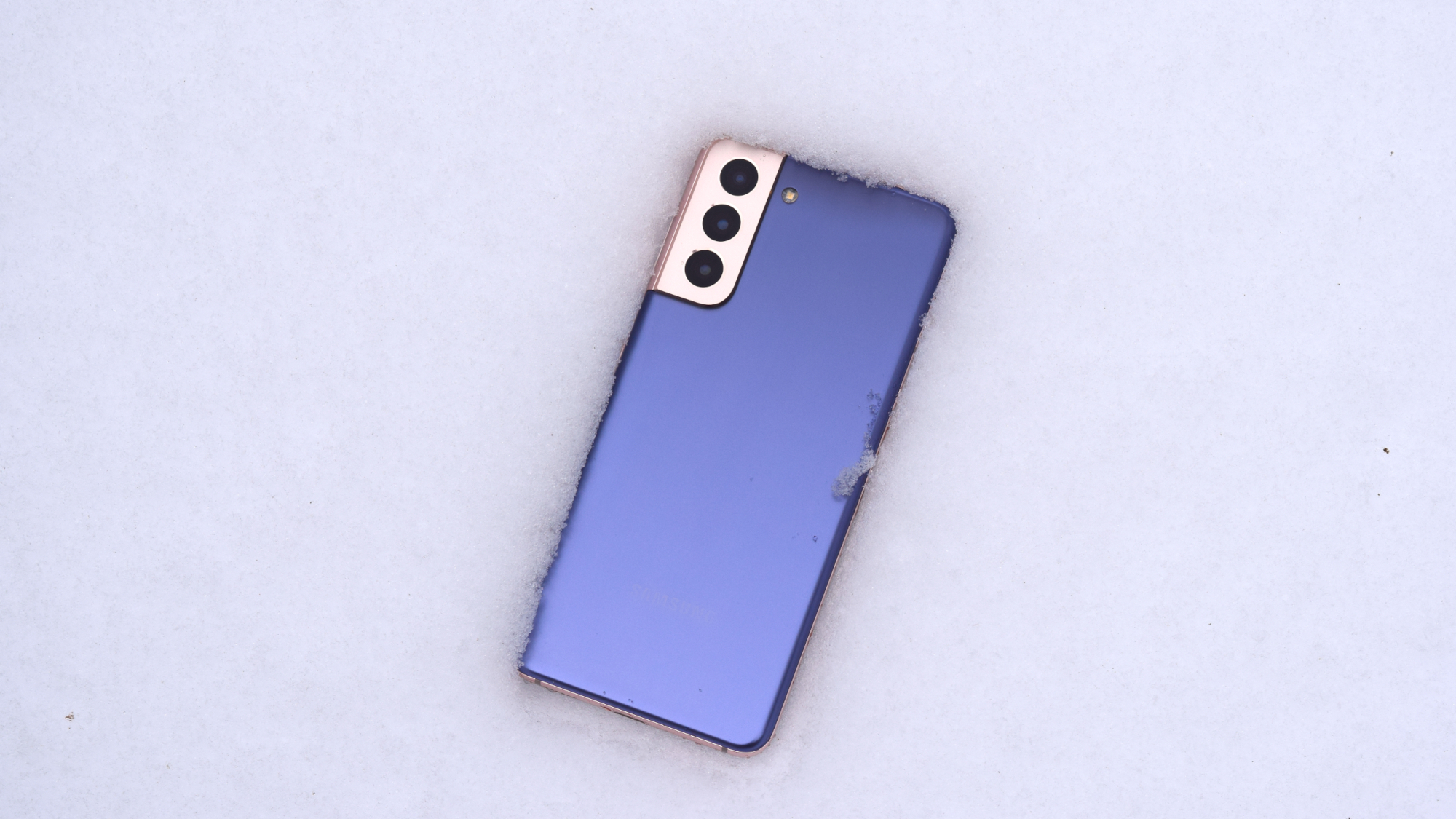
Samsung learned a hard lesson with last year's overpriced Galaxy S20 series. For the S21 family, the company lowered prices by $200 across the board. The base model S21 starts at $799, with the S21 Plus coming in at $999, and the S21 Ultra a lofty $1,199.
Apple technically kicks things off lower than the Galaxy S21 with the iPhone 12 mini, which starts at $699. The iPhone 12 costs $799 on contract (or $829 unlocked). The iPhone 12 Pro and iPhone 12 Pro Max round out Apple's lineup, at $999 and $1,099, respectively.
The Galaxy S21 and iPhone 12 are neck and neck in price, as long as you buy the latter through a carrier — you pay an extra $30 to get the iPhone 12 unlocked. However, the S21 starts at 128GB of storage while Apple opted to start the iPhone 12 at 64GB.
Get instant access to breaking news, the hottest reviews, great deals and helpful tips.
Based on this and the unlocked price comparison, we think the S21 wins, as the storage disparity wipes out any price advantage Apple enjoys with the cheaper iPhone 12 mini option.
Winner: Galaxy S21
Samsung Galaxy S21 vs. iPhone 12: Design
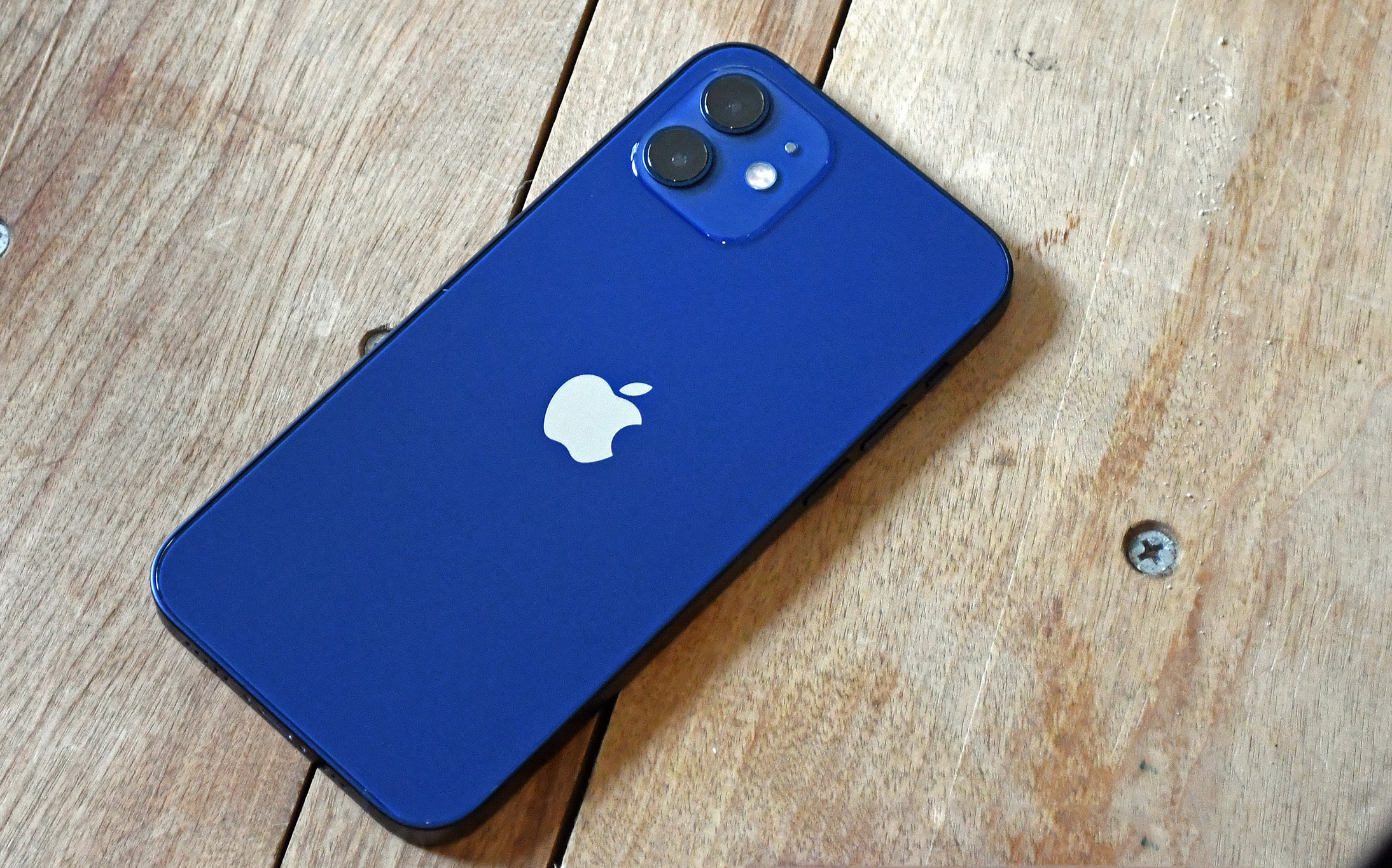
Looking at strict measurements, the Galaxy S21 and iPhone 12 are very similar in size and weight. The former measures 5.97 x 2.8 x 0.31 inches with a weight of 5.96 ounces. The iPhone 12, meanwhile is 5.78 x 2.81 x 0.29 inches and 5.78 ounces. The differences are almost imperceptible in real world use.
The Galaxy S21's design is an iteration on the one we saw with the Galaxy S20, just with some refinements. Similarly, the iPhone 12 looks a lot like its predecessors, except that Apple decide to forgo the rounded edges and use sharp corners instead. This won't be to everyone's liking, and we are torn internally on whether we like it or not. Some of my colleagues prefer the iPhone's flat edges; I don't, but this comes down to personal preference.
Samsung's biggest change with the Galaxy S21 design is the Contour Cut camera housing, which aesthetically integrates its trio of cameras into the chassis of the phone. The S21 keeps the hole punch cutout for the front camera in the display, which is easily ignored once you start using the phone. The iPhone 12's big notch heavily contrasts this.
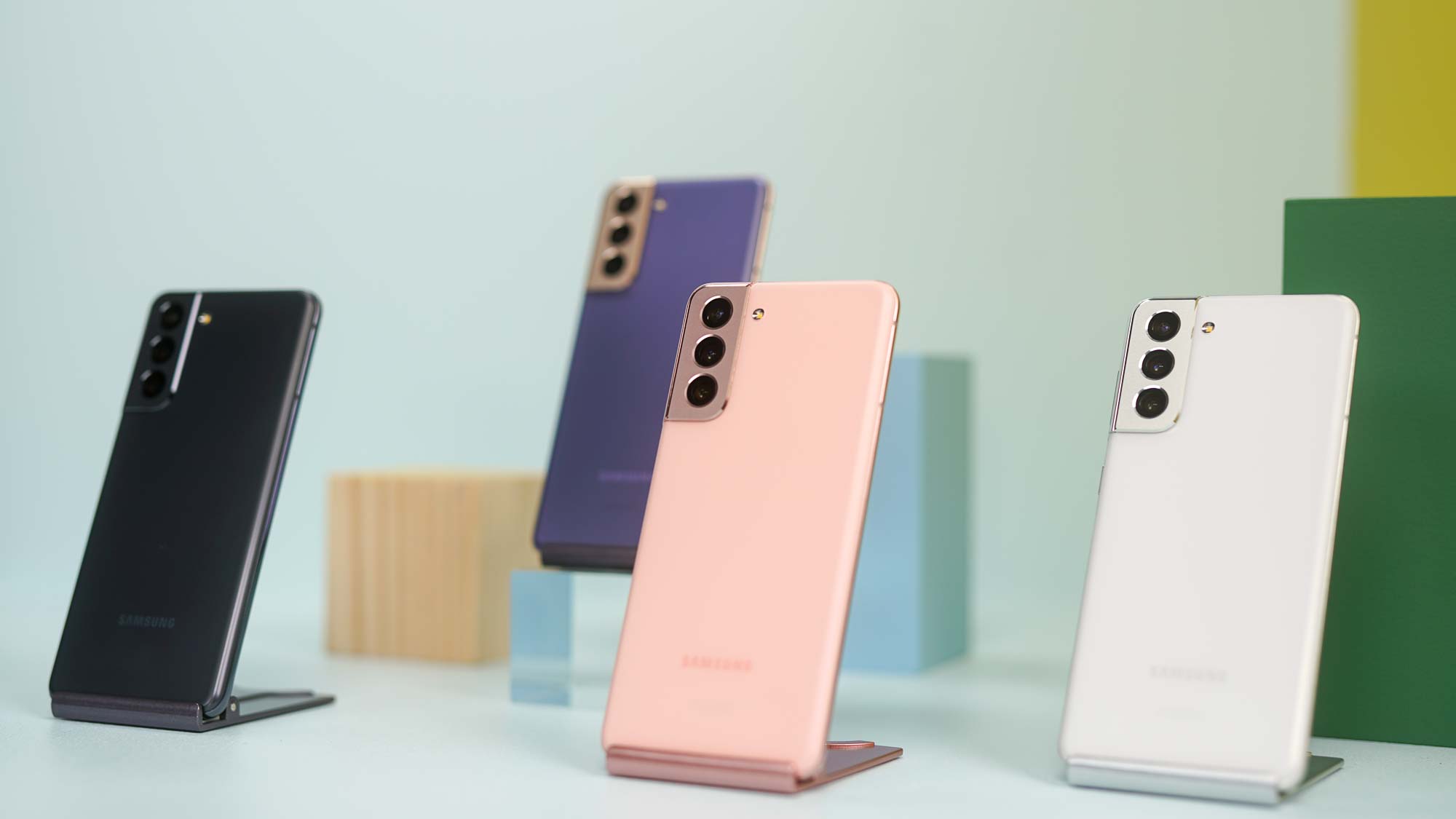
The other major change in the iPhone 12’s design is something you don’t see. There’s a Ceramic Shield display that’s designed to deliver four times the drop protection of previous iPhones. It holds up very well in real-world testing. Meanwhile the Galaxy S21 is prone to shatter on its first drop.
In the end, both phones are marvels of engineering. Using them daily is a breeze. However, one final way that Apple edges ahead of Samsung is in water resistance. Both phones are IP68 rated, but the iPhone 12 can withstand water up to six meters for 30 minutes. The Galaxy S21 can survive at depths of 1.5 meters for 30 minutes.
Winner: iPhone 12
Samsung Galaxy S21 vs. iPhone 12: Display
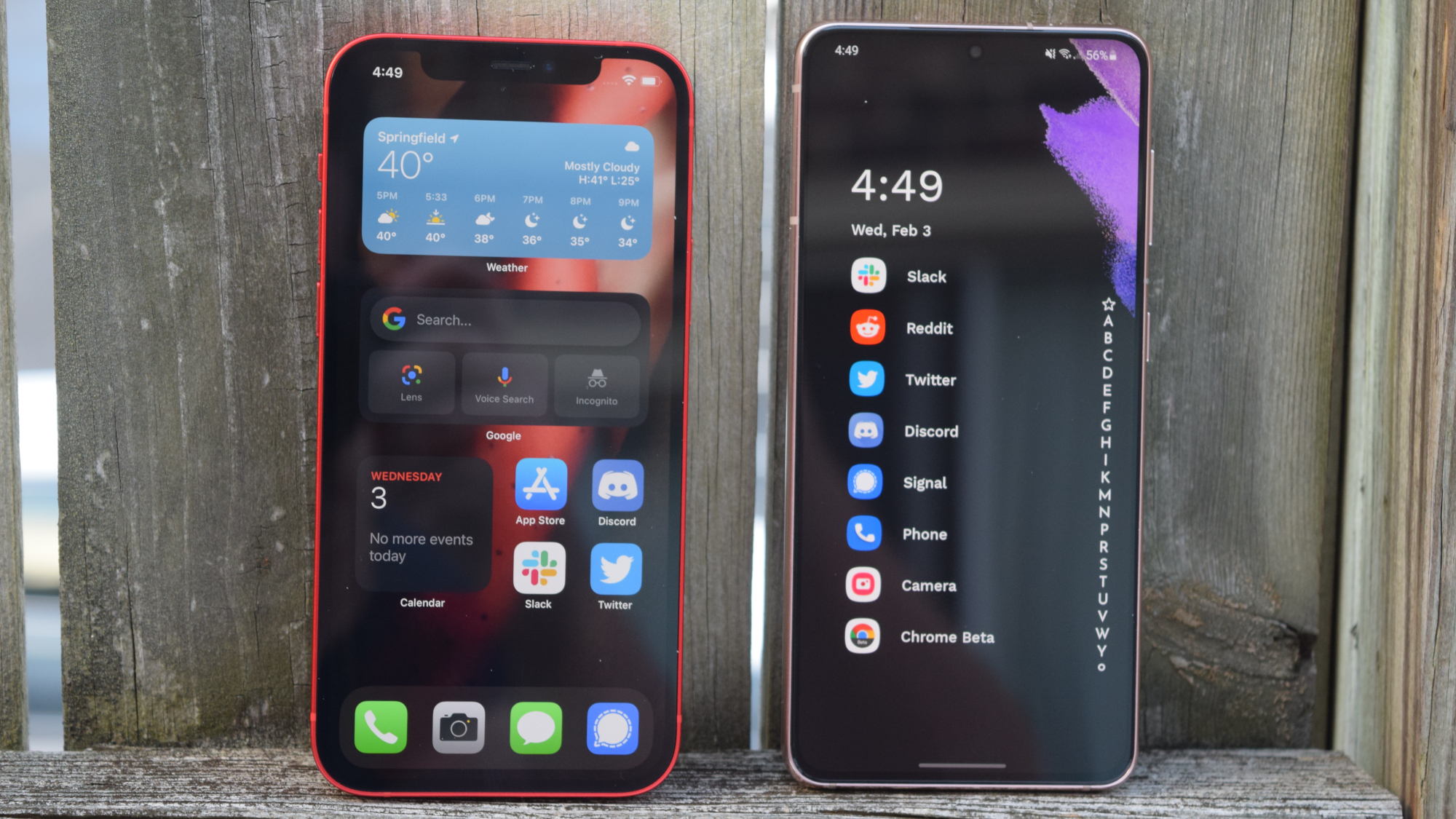
You will not be disappointed with the displays on either the Galaxy S21 or the iPhone 12. Both are OLED screens with punchy colors and deep blacks, and they have great brightness ranges. From the casual observer's perspective, the displays on either phone are pretty close to equal.
It's getting into the finer details where we see some differences. First up, Samsung's 6.2-inch Dynamic AMOLED display, with its FHD resolution of 2400x1080, sports an adaptive refresh rate that can range from 48Hz all the way up to 120Hz for ultra smooth scrolling and gameplay (where supported). You can also lock the S21's refresh rate at 60Hz if you want to save on battery life.
The iPhone 12 packs a 6.1-inch Super Retina XDR OLED display with a slightly sharper 2532x1170 resolution. Apple didn't go for a high refresh rate for the iPhone 12 series, so you're stuck at 60Hz. While iOS feels buttery smooth already, Android at up to 120 frames per second is heaven. It's a difference that's hard to unsee once you experience it.
For further technical performance, we look to the results each display earned in our lab testing. The Galaxy S21, in its Natural setting, delivers 102.7% of the sRGB color spectrum and 77.4% of DCI-P3 with a Delta-E color accuracy score of 0.29. (The closer that last number is to zero, the more accurate the colors.)
Meanwhile, the iPhone 12 delivers 114.5% of the sRGB space and 81.1% DCI-P3 with a Delta-E score of 0.29. So the iPhone's display is more colorful though the screens recreate colors with equal accuracy.
In terms of brightness, Samsung's phone outshines the iPhone 12. The Galaxy S21 can get up to 691 nits, while the iPhone 12 manages 569 nits at its highest setting in our light meter tests.
While both phone displays are very, very good, Samsung wins here. Not only does the Galaxy S21 have that beautiful high refresh rate, but it gets noticeably brighter for outdoor use. Looking at them both side-by-side, you'd be hard-pressed to pick one as better than the other, but we prefer the S21.
Winner: Galaxy S21
Samsung Galaxy S21 vs. iPhone 12: Cameras
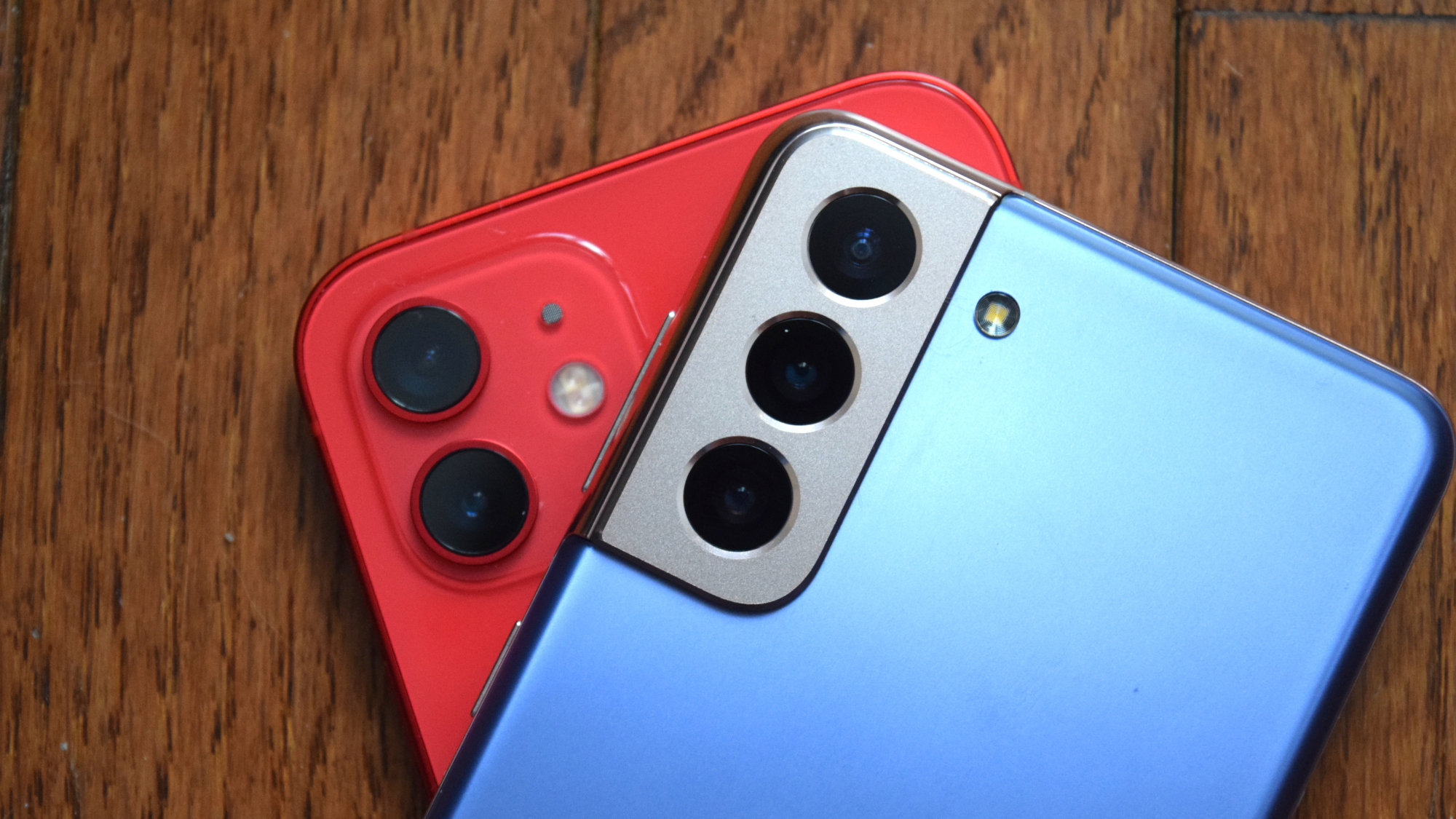
All four iPhone 12 models are among the best camera phones that you can buy, regardless of whether you opt for the dual rear lenses found on the iPhone 12 mini and iPhone 12 or the triple camera setup of the iPhone 12 Pro phones. That's because hardware only tells some of the story for Apple's mobile photography. The neural engine on Apple's A14 Bionic chip also delivers a lot of computational photography features that help every iPhone 12 produce superior shots.
For the Galaxy S21, Samsung kept the same camera setup that we saw on the Galaxy S20 last year — a 12MP main shooter along with a 12MP ultrawide sensor and 64MP telephoto lens. That's not all. The S21 benefits from what Samsung calls Space Zoom, which can offer 30x zoom photos. It's remarkable in real-world use, though it's more of a cool thing than something you're likely to use regularly.
This Samsung Galaxy S21 vs. iPhone 12 battle largely comes down to the cameras, since the phones are fairly equal otherwise. And the phone with the best camera depends heavily on what you're doing.

Starting off with max zoom photos, you can see the Galaxy S21's full 30x zoom is usable, if a bit noisy. Scaling back to 10x, you can clearly make out details on the apartment building, with even the shingles on the roof visible.


The iPhone's 12 max zoom, powered entirely by software, is clearly inferior to the S21's zoom photos. Not only do you not get as close to the subject, but it's horribly blurred, despite my best attempts to stabilize my hand. A ton of detail is lost, especially in the foreground.

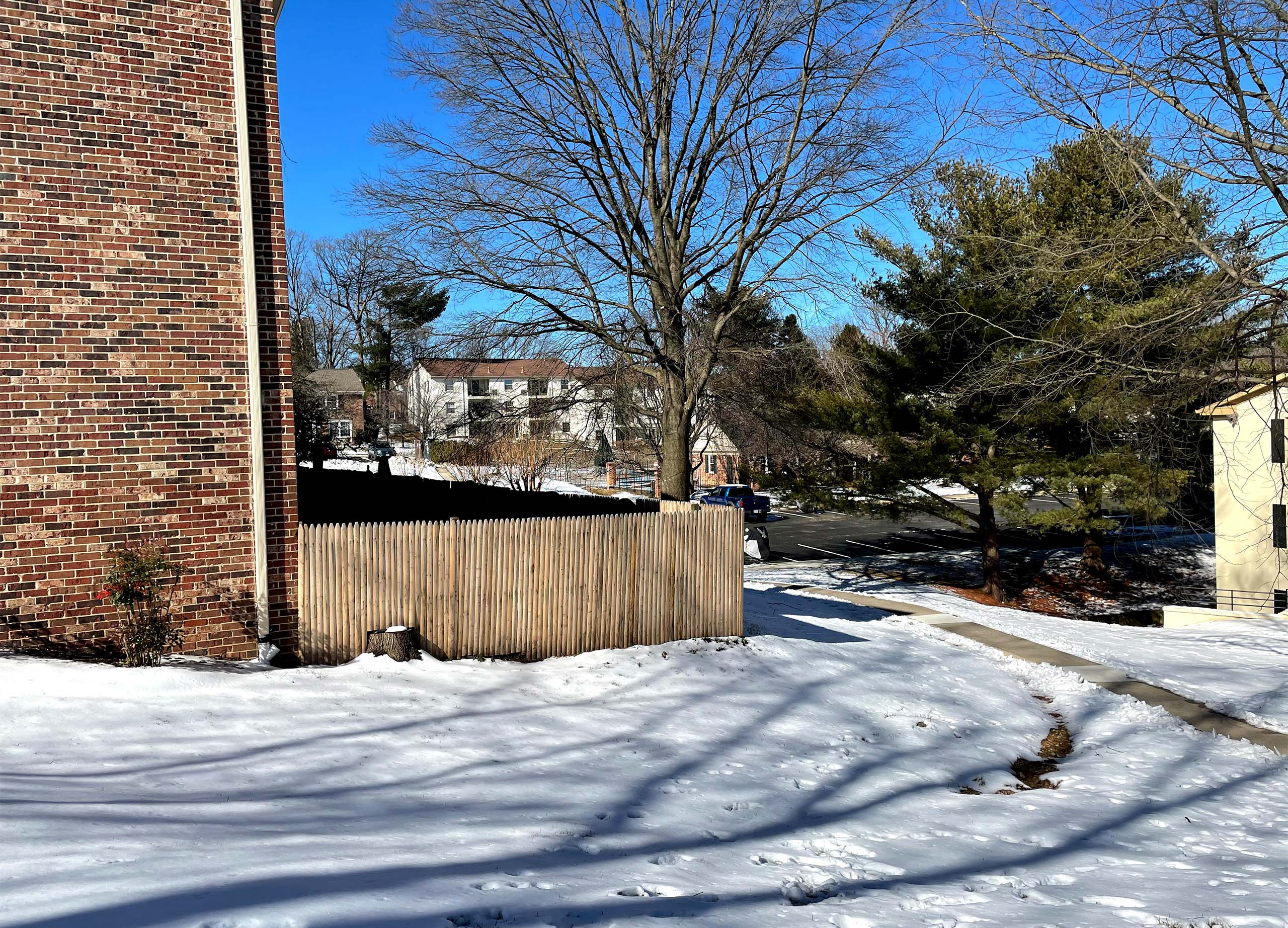
Heading outside, I snapped a quick picture of my street after we got a bunch of snow (for Virginia anyway). Each phone took a very different approach to this scene, as you can see.
The bush in the foreground of the Galaxy S21 shot is a vibrant green, almost too vibrant. The blue Mazda off to the left is brighter than it really is, and that fire hydrant in the background is very red. However, you can clearly make out the individual bricks on the townhouse across the street. And the sky is true to life, since it was a grey, overcast day.
The iPhone 12 is noticeably different, darker in some ways. The bush that the S21 made so verdant is much more somber in this image. The Mazda off to the left is a much darker blue, much closer to real life. The fire hydrant, while still quite red, is a tiny bit more muted. But with those bricks on the townhouse, it's harder to make out each one individually, versus how clear they were in the S21's shot.
Since the day was overcast, I think the iPhone comes out on top in this. This image is much, much closer to what my eyes saw. The S21 was just too bright.
Moving onto an indoor shot, this is a statuette of Merida with plenty of small details in her dress and paintwork. First up is the Galaxy S21. In this scene, the camera warmed everything up, giving my wall a faint reddish tint. The blue of her dress is flat and her hair is more orange than it is in real life. And the candle off to the right is way too much of a warm yellow.
And then there is the iPhone 12's shot. Right off the bat, you can tell that things are bit cooler than the S21's version. The wall in the background is truer to form, Merida's hair is that deep, fiery red, and the green on her skirt looks richer. The iPhone 12 also captures the shadows on the wall better, and the candle on the right is much more accurate. The iPhone 12 is the obvious winner.
A difficult photo of my cat in her cat tree challenged both phones. The difficulty here is that there was a lot of light streaming in from the window and the cat, who is already mostly black, is in the shadow of her cat house with her face away from the light. The phones had to juggle giving enough exposure to see her while not blowing out the background.
With the Galaxy S21's photo, you can see clear details in the background through the sheer curtain and the scene itself is warm and true to life. You can make out my cat's nose, her ears, and small bits of her white mask without having to strain your eyes.
For the iPhone 12, immediately, you'll notice the blown-out background. You probably can't even tell that there's a window there, let alone visible details beyond the sheer curtain. The image itself is very cool, making the white of my cat's fur and whiskers a bit more brilliant than they actually are. The Galaxy S21 wins this one.
For portrait mode, I took a photo of the keyboard I use most often. It features a radiating RGB pattern with white pudding keycaps and a black plate. The Galaxy S21's portrait shot is pretty good, capturing plenty of detail, even if it feels a tad overexposed.
The iPhone 12, meanwhile, was pretty aggressive with blur radius, but it captured the colors of my keyboard and deskmat beautifully. It's hard to label one as the winner here, so we'll call it a draw.
Testing out the night modes on both phones, you can see the results above. Both phones did very well making the number plate legible and capturing details of the light bulb inside its fixture. The iPhone 12 made things noticeably brighter than the Galaxy S21's shot. Otherwise, I'd have to give it to the iPhone 12 if pressed, but both shots work very well.
Finally, selfies. The Galaxy S21 captures the ruddiness of my face and deeper red undertones in my beard better. Even though the sun had me squinting a bit, you can see the blue of my eyes behind my glasses.
There's evidence of face smoothing here, but it's not too heavy-handed. Finally, the orange border on the Psycho Bunny logo on my shirt is true to life in the Galaxy S21 self-portrait, a sort of darker salmon color.
This is the best selfie that the iPhone 12 put out. The sun was off to my right (left from the camera's perspective) and that blew out that side of my face. My hoodie looks brighter than it is in real life (it's a medium-dark grey) and my beard is much darker than the S21's selfie. The blue of my shirt is also a tad too bright in the iPhone 12's shot.
Personally, I prefer the S21's photo over the iPhone 12, and it's the one I'd choose were I to post to social media.
In other words, camera performance depends heavily on shots you like to take. The Galaxy S21 excels at zoom shots and portrait photos, while the iPhone handles colors and composition well. It's a category, that's too close to call overall.
Winner: Draw
Samsung Galaxy S21 vs. iPhone 12: Performance
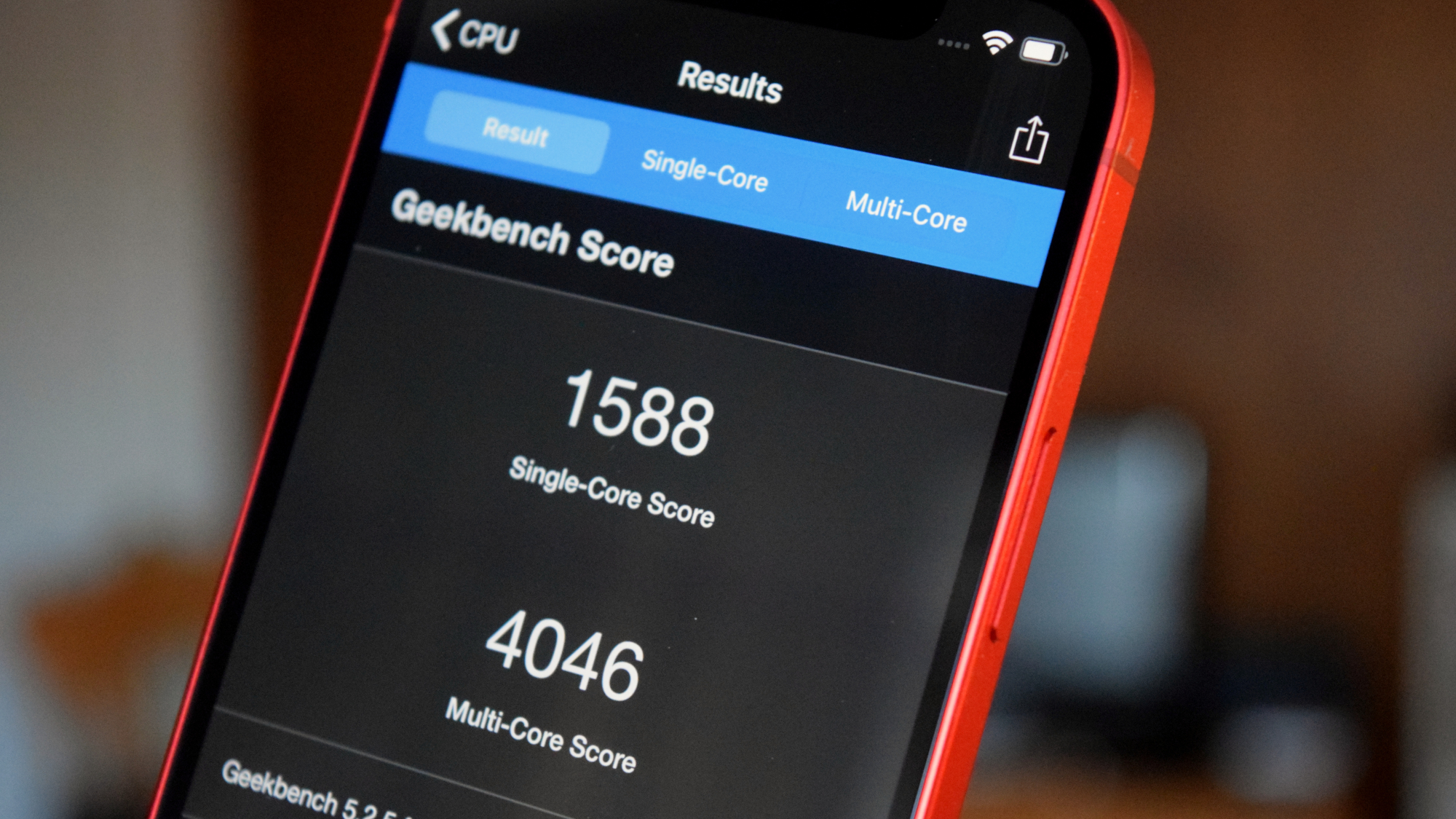
One area where the Galaxy S21 has trouble topping the iPhone 12 is raw performance. Simply put, the A14 Bionic chip inside the latest iPhones is the best-performing mobile processor we've tested in a phone, setting a high bar for any other chipset to clear.
Inside the S21, you'll find 8GB of RAM and Qualcomm's Snapdragon 888. Qualcomm says that the Snapdragon 888 can deliver a 25% boost in overall performance over the Snapdragon 865; similarly, the Adreno 660 GPU should improve the speed of graphics rendering by 35% over the previous chipset.
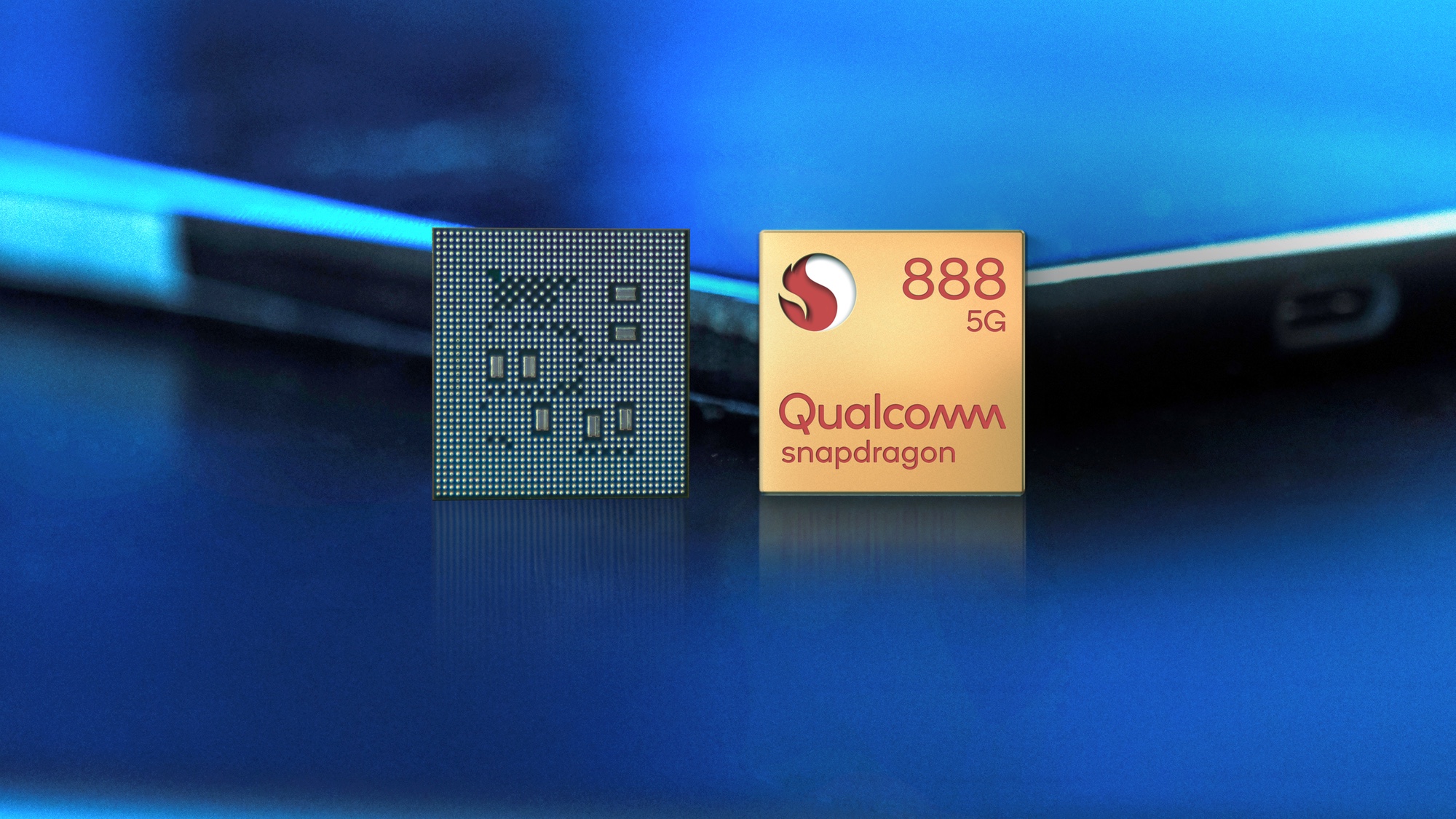
In our benchmark testing, though, the S21 can't match the iPhone 12. For example, Apple's A14 Bionic in the iPhone 12 scored an impressive multicore score of 3,859 in Geekbench 5. The S21, meanwhile, topped out at 3,302. In our Adobe Premiere Rush test, where a 4K video is transcoded to 1080p, the Galaxy S21 completed the test in 1 minute and 3 seconds. The iPhone did the same task in a blistering 26 seconds.
Benchmarks provide a clue to overall performance, but they don't tell the full story. Using both phones together, there's hardly any noticeable difference in performance (not accounting for the smoother display on the S21). Neither phone is a slouch, but the iPhone 12 packs more of a punch.
Winner: iPhone 12
Samsung Galaxy S21 vs. iPhone 12: 5G
While we'd have to spend a long period of time testing 5G performance, we did pit the Galaxy S21 against the iPhone 12 on low-band Verizon 5G. The results were equally underwhelming, but they were also surprising. In our Galaxy S21 Ultra vs iPhone 12 Pro Max face off, Samsung's phone handily beat the iPhone in 5G speed across AT&T and T-Mobile.
For our testing, we did five dry runs and five recorded tests in Ookla's SpeedTest app. Both phones were held in the same hand in the same position. Both reported a full signal and they used the same Verizon SIM.
The iPhone came out ahead with a mean download speed of 12.74 Mbps and the Galaxy S21 trailed with a mean download speed of 10.34 Mbps. Again, neither speed is impressive — which is more of a comment on the state of 5G these days — but it was interesting to see the iPhone 12 barely beat the S21, when the S21 Ultra proved so much faster than Apple's comparable device.
Winner: iPhone 12
Samsung Galaxy S21 vs. iPhone 12: Battery and charging
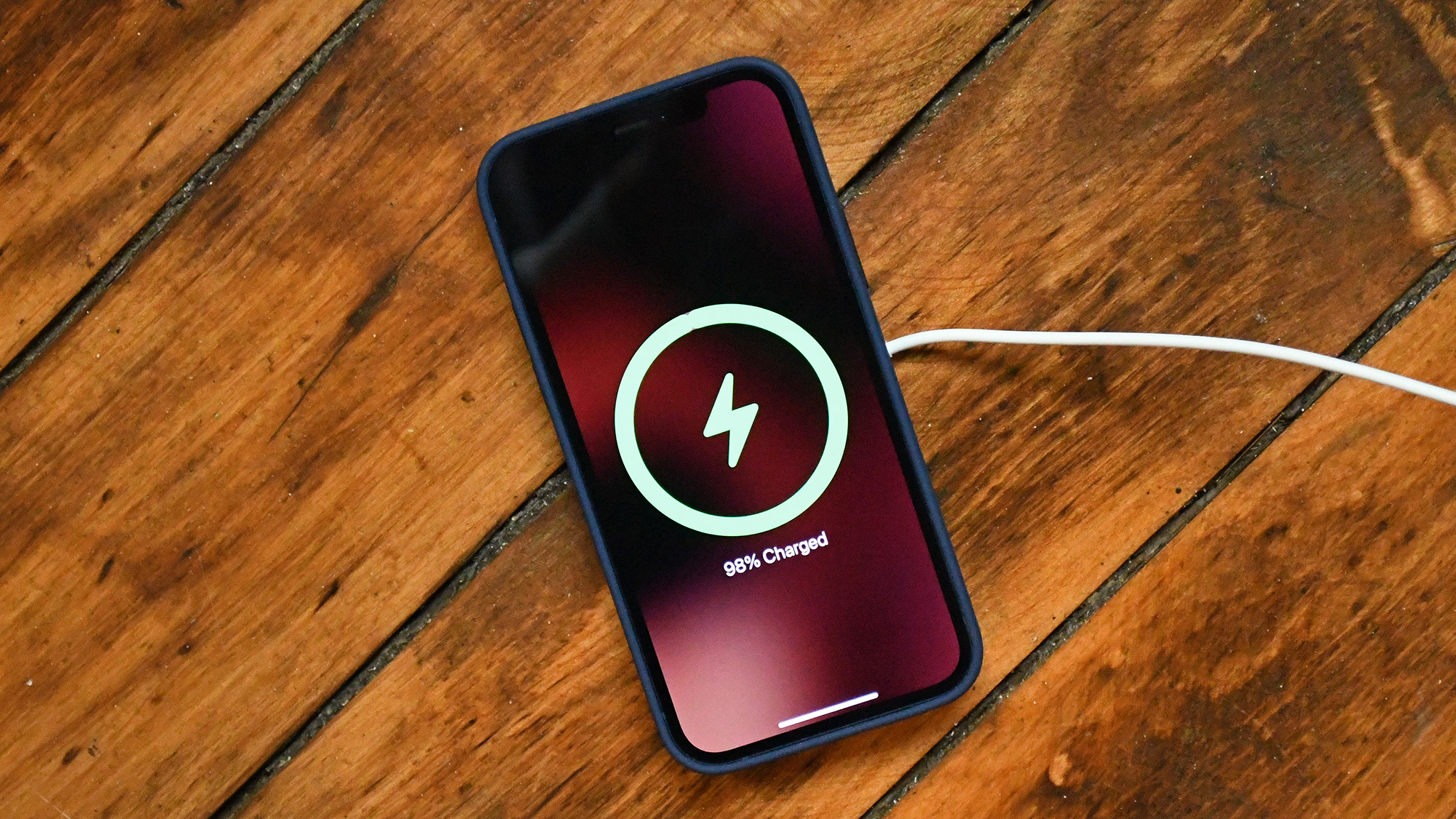
As with 4G before it, early 5G tech has proven to be hard on batteries. That's not surprising. iPhones usually fare pretty well in battery tests, but with the iPhone 12 series, all models but the 12 Pro Max saw disappointing results. By no means unusable, the iPhone 12, with its 2,815 mAh battery, is so-so in daily life — use it lightly and you'll be fine, but push it too hard and you'll be looking for a charger.
In the Tom's Guide battery test, where devices are left to endlessly load webpages on a mobile broadband connection (5G in this case), the average is around 10 hours. This is considered good and some phones exceed that. That said, the iPhone 12 clocked a mere 8 hours and 25 minutes. The Galaxy S21 with its 60Hz mode enabled scored 9 hours and 53 minutes; that time fell to a disappointing 6.5 hours with adaptive mode on.
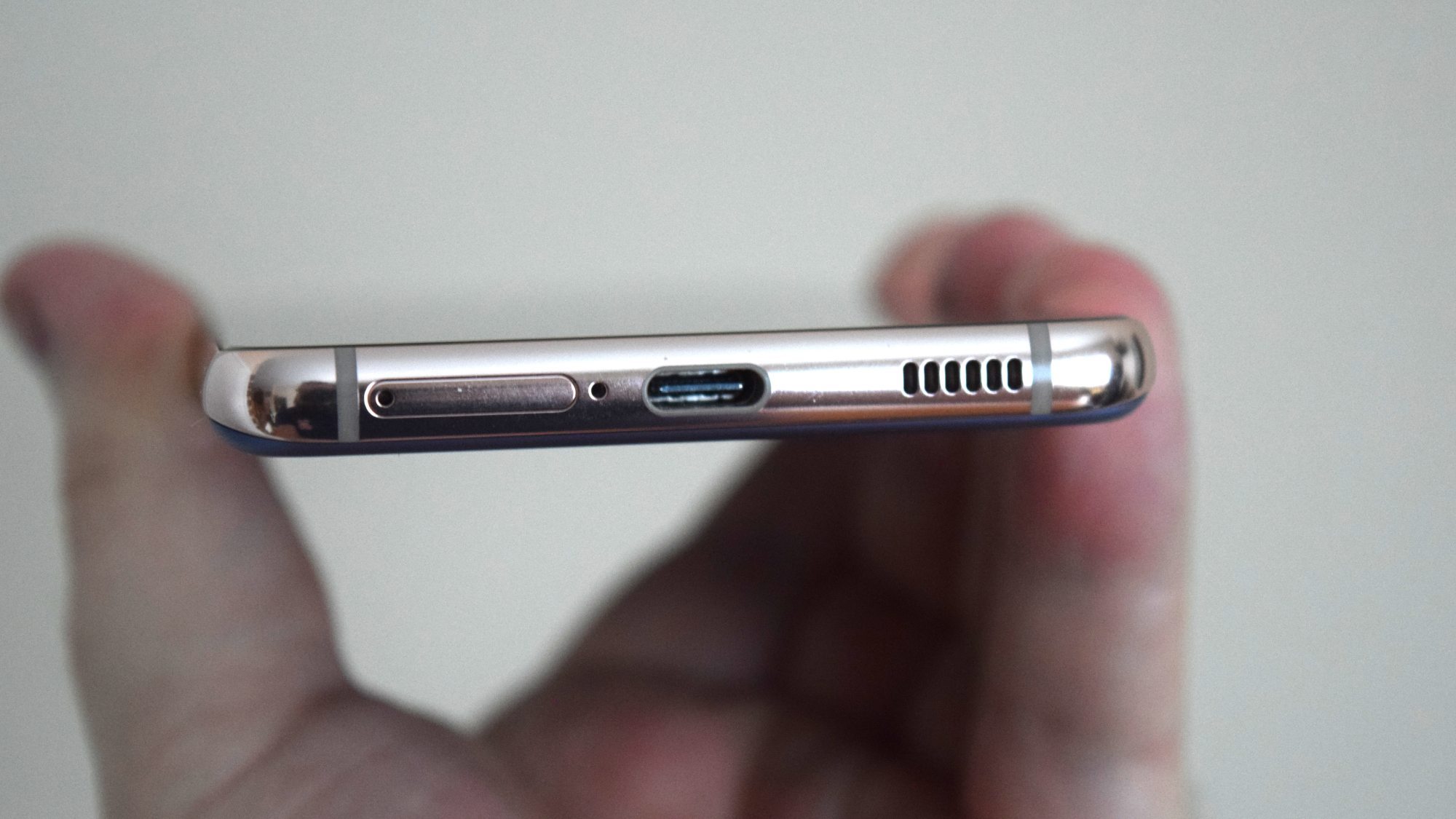
The Samsung Galaxy S21 has the leg up here. Yes, it has a physically larger battery at 4,000 mAh, but Samsung has had a couple of generations of 5G tech now to get things right. The iPhone 12 is Apple's first 5G lineup, so some growing pains are inevitable.
In a surprise move, Samsung followed one of Apple's more controversial decisions with the iPhone 12. Just like Apple's phones, the new Galaxy S21 phones ship without a charger, which Apple says is friendlier to the environment. You still get USB cables included, so you can buy fast charging bricks separately. Apple and Samsung are more than happy to supply you with one, for a fee.
Finally, we test to see how fast each phone can charge from empty. In 30 minutes, the Galaxy S21 hit 55% while the iPhone 12 reached 31% in the same amount of time. It's worth noting that our lab used the wireless MagSafe charger on a 20W power brick for the iPhone 12's charge test, whereas the S21 used a 25W charger.
Winner: Galaxy S21
Samsung Galaxy S21 vs. iPhone 12: Software and special features
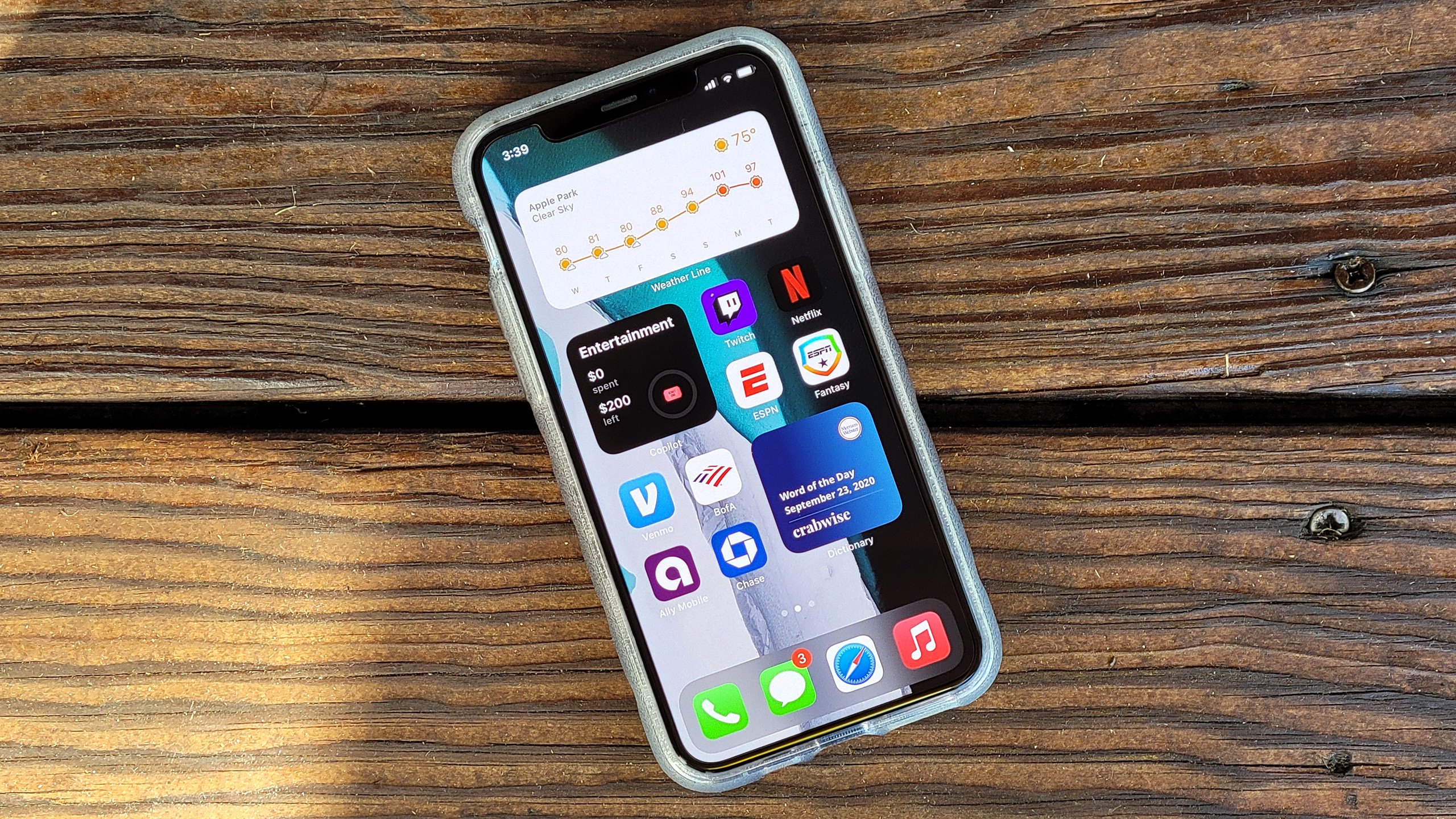
The Galaxy S21 ships with Android 11 pre-installed, but future updates will be touch-and-go. Samsung has launched a new policy to support its devices with three major Android updates, but those usually lag behind Google's releases by several months. Previous Galaxy flagships were slow to get Android 11, for example, even though Google put out the update in September 2020. That doesn't leave me with much confidence about the speed with which the Galaxy S21 will get Android 12.
iPhone users don't have that issue, of course, since iOS updates are available at the same time for everyone. That means the iPhone 12 runs the latest iOS 14 software, and when iOS 15 comes out this fall, it will work with each iPhone 12 model.
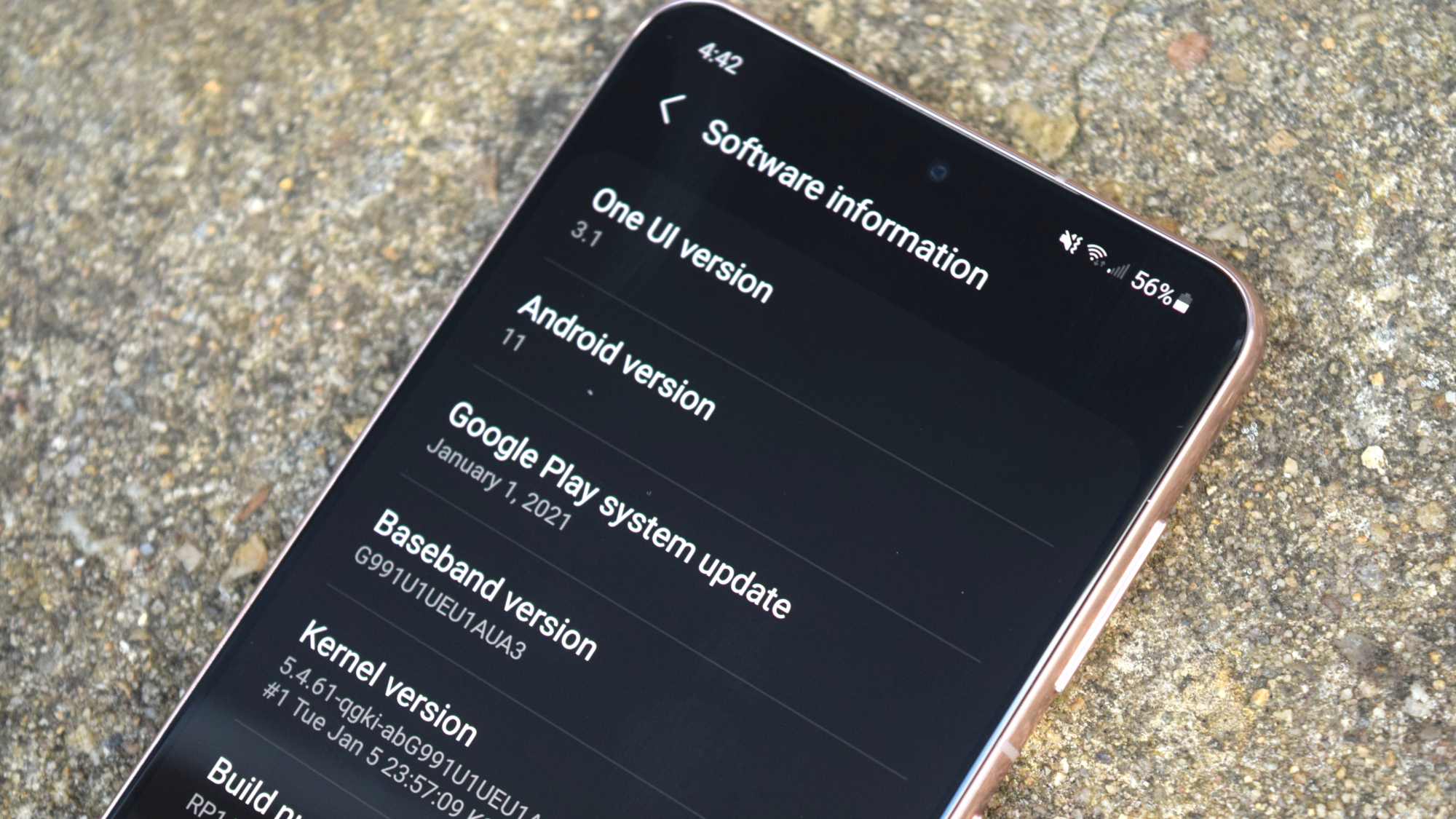
With the Galaxy S21, Samsung debuted OneUI 3.1. It continues Samsung's commitment to providing a more mature, cohesive software experience that rivals what Google and OnePlus offer. The 3.1 update adds some new features, like Google Discover integration on the home screen, Google Home device controls, Duo integration in the stock phone app, and too much more to list here. The S21 benefits greatly from these.
The iPhone 12, meanwhile, uses iOS 14, the best version of Apple's mobile OS yet. The company has loosened things up a bit, letting you choose your own default browser and email client. You can also shove all of your apps into the new App Library, which is similar in some ways to Android's long-standing app drawer. Everything just feels sleeker this time around. And iOS 15 has some huge changes coming, like changes to notifications, several core app overhauls, and more.
We recommend checking out our iOS vs Android face off if you're on the fence about which mobile OS will be better for you. Both are exceptionally good at several things, so it comes down to personal preference, though the availability of iOS updates gives the iPhone the edge by a whisker.
Winner: iPhone 12
Galaxy S21 vs. iPhone 12: What about the iPhone 13 and Galaxy S22?
We now have to talk about the iPhone 13. The newest iPhones pack several key upgrades, possibly including a 120Hz refresh rate display (on the Pro models), ultrawide camera improvements, and even a smaller notch. There are also enhancements to the camera capabilities, like Photgraphic Styles and Cinematic mode.
These upgrades make the iPhone 13 an even more serious competitor to the Galaxy S21, especially when it comes to the new A15 Bionic's performance.
But before we get to the Galaxy S22, there's still the Galaxy Z Flip 3. This foldable starts at $999 and packs a lot of what makes the Galaxy S21 great into a foldable package. But it suffers from terrible battery life and lacks a telephoto lens, so approach it carefully.
Galaxy S21 vs. iPhone 12: Overall winner
| Row 0 - Cell 0 | Galaxy S21 | iPhone 12 |
| Price (10 points) | 8 | 7 |
| Design (10 points) | 8 | 9 |
| Display (15 points) | 15 | 14 |
| Cameras (20 points) | 18 | 18 |
| Performance (15 points) | 11 | 15 |
| 5G (5 points) | 2 | 3 |
| Battery and charging (15 points) | 12 | 9 |
| Software and special features (10 points) | 9 | 10 |
| Overall (100 points) | 83 | 85 |
It's truly a very, very close race. The iPhone 12 just barely eeks out a victory over the Galaxy S21 and it could even be down to myriad variables. Both phones are incredible and you cannot go wrong with either. Only one can be "the best," though, and that's Apple's phone in this Samsung Galaxy S21 vs. iPhone 12 showdown.
Both phones cost the same, but you get more storage with the S21 in exchange for a polycarbonate back. The S21's display is slightly better thanks to the higher refresh rate, and it's more reliable in the battery department, if you're willing to lock the display at 60Hz.
The iPhone 12, meanwhile, excels in performance and its over-the-top water resistance. It also beat the S21 in some of our camera tests, though it also fell behind in other shots.
Ultimately, which phone actually ends up being better for you comes down to whether you prefer Android or iOS. Both the Galaxy S21 and iPhone 12 have awesome cameras, great displays, and 5G support. They're also very pocketable, too. If you're like me and can live with either OS, then you have a really tough choice to make.

Jordan is the Phones Editor for Tom's Guide, covering all things phone-related. He's written about phones for over six years and plans to continue for a long while to come. He loves nothing more than relaxing in his home with a book, game, or his latest personal writing project. Jordan likes finding new things to dive into, from books and games to new mechanical keyboard switches and fun keycap sets. Outside of work, you can find him poring over open-source software and his studies.
